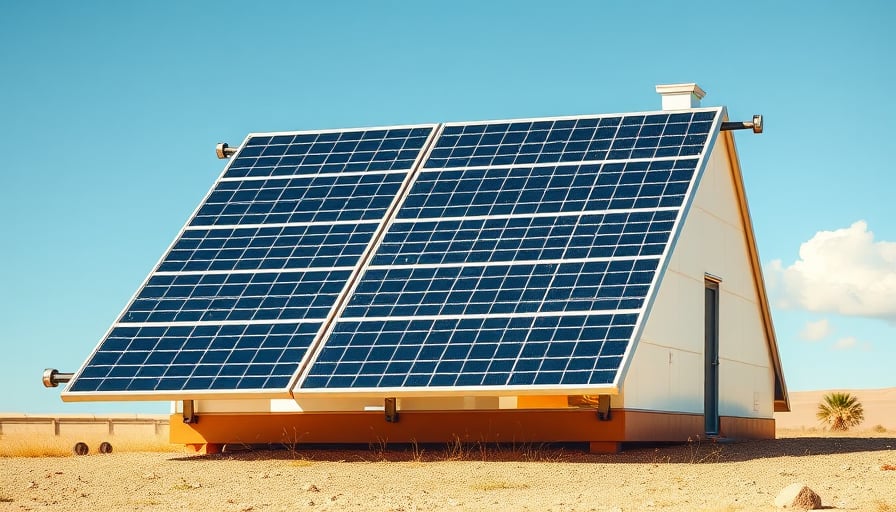Corporate Announcement and Rate‑Setting Implications
Xcel Energy Inc. has formally submitted a proposal to the Colorado Public Utilities Commission to increase its electric tariff for residential customers by approximately ten percent in the 2026 rate‑setting cycle. The company characterizes the hike as a necessary mechanism to recover capital expenditures incurred over the previous three years for upgrading the safety, reliability, and performance of its transmission, distribution, and generation portfolios. The proposal has triggered consumer concerns that the additional costs could necessitate difficult adjustments to household energy budgets.
Parallel to the tariff revision, Xcel’s Colorado division has requested an augmentation of its rate base by $355.5 million. This increase is projected to yield a comparable percentage rise in average residential bills. The request represents the first significant alteration to the rate base in Colorado since the 2022 approval of a modest adjustment, which followed a period of intense public scrutiny.
In a separate jurisdiction, Xcel’s New Mexico subsidiary, Southwestern Public Service Company (SPS), has put forward a 16.7 percent increase in its base rate. The company argues that this move is essential to finance its clean‑energy transition strategy and to provide the financial flexibility required for long‑term infrastructure development.
Technical Context: Grid Stability and Renewable Integration
The proposed rate increases are intrinsically linked to the technical challenges that arise when integrating higher shares of variable renewable generation (solar and wind) into the grid. Key issues include:
| Technical Challenge | Impact on Operations | Investment Requirement |
|---|---|---|
| Voltage Regulation | Variable power injection causes voltage swings on distribution feeders, necessitating dynamic voltage support equipment. | Deployment of voltage‑control devices (e.g., on‑load tap changers, STATCOMs). |
| Frequency Support | Reduced inertia from conventional generation requires fast‑acting frequency response to maintain system frequency within ±0.05 Hz. | Installation of synchronous condensers or battery energy storage systems. |
| Transient Stability | Large wind farms can introduce low‑impedance paths that alter fault currents and transient dynamics. | Upgrading protection relays, installing adaptive protection schemes. |
| Reliability Management | Increased complexity of operating multiple distributed energy resources (DERs) demands advanced grid‑management platforms. | Investment in advanced SCADA, energy‑management systems, and predictive maintenance tools. |
These technical requirements drive the capital outlays that Xcel cites as the basis for its rate proposals. Without the additional funds, the utility would face difficulty maintaining the reliability standards mandated by the Federal Energy Regulatory Commission (FERC) and the North American Electric Reliability Corporation (NERC).
Regulatory Frameworks and Rate Structures
The Colorado Public Utilities Commission employs a rate‑base approach to determine tariffs. Under this methodology, the commission sets a “rate‑base” that reflects the utility’s cost‑of‑service, including capital depreciation, operating expenses, and an allowable return on equity. The tariff is then calculated by applying a rate‑of‑return multiplier to the rate base and dividing by the forecasted demand.
- Rate‑base Adjustments
- Xcel’s request for an additional $355.5 million represents a ~12 % increase over the 2022 rate base.
- This adjustment directly translates into higher rate‑of‑return revenues, which are passed on to customers through the tariff formula.
- Tariff Structure
- The proposed tariff revision introduces a 10 % increase in the residential rate, which is proportional to the rate‑base augmentation.
- The commission is required to evaluate whether the proposed increase is necessary and reasonable under Colorado’s consumer protection statutes.
- New Mexico Regulation
- SPS’s 16.7 % hike follows a similar rate‑base methodology adopted by the New Mexico Public Service Commission.
- The commission has historically emphasized the need for utilities to invest in renewable integration and grid modernization while balancing consumer protection concerns.
Economic Implications for Utility Modernization
From an economic standpoint, the proposed rate increases aim to bridge the funding gap associated with the following:
| Investment Category | Capital Requirement | Expected Benefit |
|---|---|---|
| High‑Voltage Transmission Upgrades | $600 M | Reduced congestion, improved long‑distance power transfer, lower line losses. |
| Distribution Automation | $300 M | Faster fault isolation, improved outage management, lower operational costs. |
| Energy Storage | $200 M | Frequency support, peak shaving, increased renewable penetration. |
| Customer‑Facing Technologies | $100 M | Smart meters, demand‑response platforms, enhanced customer engagement. |
The aggregate investment is projected to yield a return on investment (ROI) of 12–14 % over a 20‑year horizon, in line with industry benchmarks for regulated utilities. While the tariff hikes raise short‑term consumer costs, the long‑term benefits include:
- Enhanced Reliability – Lower outage frequencies and durations reduce economic losses for businesses and households.
- Renewable Integration – Greater grid flexibility supports the broader transition to 100 % clean energy, aligning with federal and state climate goals.
- Consumer Value – Improved grid resilience and lower operating costs can, over time, offset higher upfront charges through more stable supply and fewer emergency repairs.
Investor Sentiment and Market Dynamics
Despite the tariff proposals, Xcel’s share price has shown a modest upward trajectory over the past year. Analysts interpret this trend as an indicator of perceived financial resilience and recognition of the company’s pivotal role in facilitating the clean‑energy transition. Key points influencing investor sentiment include:
- Regulatory Approval Prospects – Confidence that the state commissions will approve the rate base increase and tariff revision, given the detailed cost‑of‑service analysis.
- Strategic Asset Portfolio – Xcel’s diversified mix of traditional power plants, wind farms, and solar facilities provides a stable revenue base.
- Capital Structure – The utility’s low debt-to-equity ratio and access to favorable financing instruments mitigate credit risk.
However, investors must remain cognizant of the price elasticity of demand for electricity in Colorado and New Mexico. Significant rate increases could erode demand in price‑sensitive segments, potentially affecting projected revenue streams.
Conclusion
Xcel Energy’s proposed rate adjustments reflect the technical and financial imperatives of modernizing a grid increasingly dominated by intermittent renewable resources. By aligning regulatory mechanisms with engineering realities, the utility seeks to secure the necessary capital to sustain grid stability, enhance reliability, and accelerate the transition to cleaner energy sources. While the short‑term cost burden on residential customers is evident, the broader economic benefits—ranging from reduced outage losses to improved grid resilience—are designed to deliver value over the long term.




